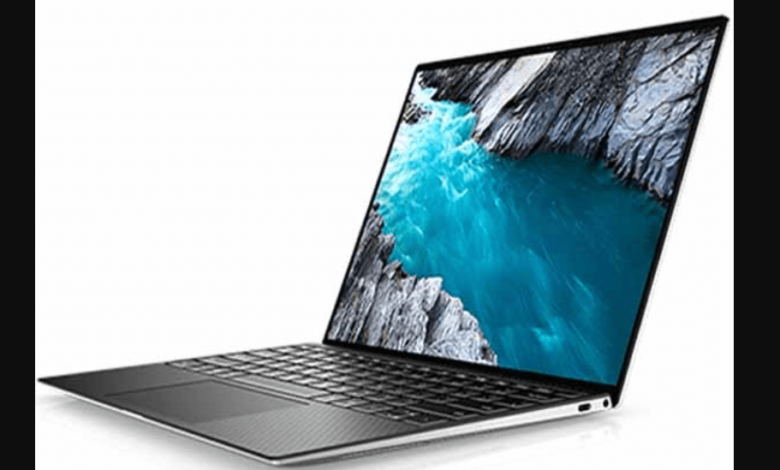Touch Screen XPS Laptops

Touch Screen XPS Laptops
Touch screens have become an integral part of our lives. From our smartphones to our personal computers, we rely on touch screens for almost everything. But what happens when your laptop’s touch screen goes wonky? Fortunately, there are a few things you can do in order to get your laptop back up and running as quickly as possible. In this blog post, we will discuss some of the most common issues with touch screens and how you can fix them. From broken buttons to cracked screens, we will cover it all. So don’t wait; start troubleshooting your touch screen today!
What are Touch Screen XPS Laptops?
Touch Screen Laptops are one of the newest and most innovative laptop designs on the market. The original touch screen laptops were very expensive, but today’s touch screen laptops are much more affordable. They have quickly become popular because they offer a unique and convenient way to use your laptop.
A touch screen laptop uses a touch screen display to allow you to interact with your computer in a way that is different from traditional keyboards and mice. You can control many aspects of your computer using just your fingers.
There are a few things to consider before you buy a Touch Screen Laptop. First, you need to decide what kind of laptop you want. There are two main types of touch screen laptops: convertible and non-convertible. Conventional laptops have a full keyboard and trackpad, which means they can only be used in one orientation. A convertible laptop has a touchscreen display that can be rotated so that it is flat on the desk or used as an extra monitor.
The second thing to consider is how comfortable the touch screen is going to be for you. Some people find that their fingers get tired after long periods of use, while others find the touchscreen interface very easy to use. The last thing to consider is price. Touch Screen Laptops range from around $600-$2,000, although they tend to be more expensive than regular laptops.
What are the Different Types of Touch Screen XPS Laptops?
If you’re looking for a laptop with a touchscreen, the xPS line is worth checking out. There are three different types of touchscreens available on these laptops: external, internal, and convertible.
External Touch Screens: These touchscreens are attached to the outside of the laptop. They’re easy to use, but they can be somewhat bulky and difficult to position.
Internal Touch Screens: These touchscreens are built into the laptop. They’re often more responsive and easier to use than external touch screens, but they can be less visible and harder to reach.
Convertible Touch Screens: These laptops have a touchscreen that can be turned into a traditional keyboard/mouse by pressing a button. This is great if you want a touchscreen laptop but don’t want to give up portability or flexibility.
The Advantages of a Touch Screen XPS Laptop
A touch screen laptop is the perfect device for anyone who wants to work on the go. They’re lightweight and easy to carry, making them great for taking with you on vacation or when you need to take a break from your work. You can use a touch screen laptop for all your normal work tasks, but they’re also great for entertainment. With a touch screen laptop, you don’t have to worry about typing on a keyboard or using a mouse. You can just use your hands to control what you’re seeing on the screen.
Disadvantages of a Touch Screen XPS Laptop
Touchscreens are great for use with touch-based apps, but they can have a few disadvantages. One disadvantage is that they’re not as accurate as a traditional keyboard and mouse. This means your cursor may move around on the screen unpredictably when you’re typing or clicking, which can be frustrating. Additionally, some users find that their fingers get tired quickly from using a touchscreen all day. Lastly, touchscreen laptops often don’t have backlights like traditional laptops do, so it’s difficult to see what you’re doing in low light conditions.
The Best Touch Screen XPS Laptops Available in the Market
Touchscreens are becoming more and more common in laptops, with Dell being one of the first to offer them on some of their models. There are a few different types of touch screens, including resistive, capacitive, and multitouch. Resistive touch screens use electrical resistance to sense the amount of pressure applied to them; capacitive touch screens use an array of capacitors that can change electric current when touched; and multitouch touch screens use several sensors to detect multiple touches at once.
There are a few different types of multitouch displays out there: transflective, active pixel diagonal, IPS LCDs with Gorilla Glass, LED backlight systems using CCFL lamps or WLED lamps as main light sources for computing devices, IGZO panels with e-IPS and e-PDPM technology (mainly used in ultrabooks), AMOLED technologies for smartphones/tablets/laptops (mainly Samsung) that combine both organic light emitting diodes (OLED) and flat-panel displays.
The following table provides general information on the different types of touchscreens that are available on XPS laptops currently:
There are pros and cons to each type of touchscreen display. For instance, resistive touchscreen displays tend to be less responsive than capacitive or multitouch displays. Additionally, they don’t work well with gloves because the fingers get stuck between the screen and the palm. On the other hand, multitouch displays
Conclusion
If you are in the market for a new laptop, take a look at our selection of touch screen xps laptops. We have models that will fit every budget and every need. With powerful processors, plenty of storage options, and sleek designs, we are confident that you will find the perfect laptop for your needs here at OnlinePCShop.




